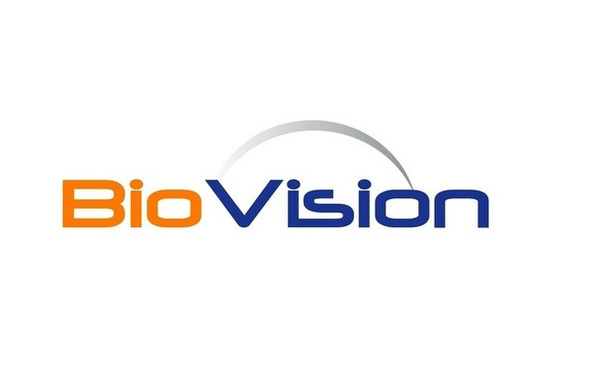Biovision
Human CellExp™ ROR1, Mouse Recombinant
- SKU:
- 26-P1252
- Availability:
- Usually Shipped in 5 Working Days
- Storage Temperature:
- -20°C
- Shipping Conditions:
- Gel Pack
- Shelf Life:
- 12 months
Description
Biomolecule/Target: ROR1
Synonyms: ROR1, NTRKR1
Alternates names: ROR1, NTRKR1
Taglines: Receptor for wnt ligand WNT5A
Taglines: USA
Country of Animal Origin: USA
NCBI Gene ID #.: 26563
NCBI Gene Symbol: ROR1
Gene Source: Mouse
Accession #: Q9Z139
Recombinant: Yes
Source: HEK293 cells
Purity by SDS-PAGE #: ≥95%
Assay: SDS-PAGE
Purity: N/A
Assay #2: N/A
Endotoxin Level: N/A
Activity (Specifications/test method): N/A
Biological activity: N/A
Results: N/A
Binding Capacity: N/A
Unit Definition: N/A
Molecular Weight: 42.6 kDa
Concentration: N/A
Appearance: Lyophilized
Physical form description: Lyophilized from 0.22 μm filtered solution in PBS, pH7.4. Generally Mannitol or Trehalose is added as a protectant before lyophilization.
Reconstitution Instructions: Centrifuge the vial prior to opening. Reconstitute in distilled water.
Background Information: Tyrosine-protein kinase transmembrane receptor ROR1 is also known as Neurotrophic tyrosine kinase, receptor-related 1 (NTRKR1), which belongs to the protein kinase superfamily or tyr protein kinase family or ROR subfamily. ROR1 contains 1 FZ (frizzled) domain, 1 Ig-like C2-type (immunoglobulin-like) domain, 1 kringle domain, 1 protein kinase domain. ROR1 is expressed at high levels during early embryonic development. The expression levels drop strongly around day 16 and there are only very low levels in adult tissues. Isoform Short is strongly expressed in fetal and adult CNS and in a variety of human cancers, including those originating from CNS or PNS neuroectoderm. ROR1 could interact with casein kinase 1 epsilon (CK1ε) to activate phosphoinositide 3-kinase-mediated AKT phosphorylation and cAMP-response-element-binding protein (CREB), which was associated with enhanced tumor-cell growth.
Amino acid sequence: N/A
Handling: Centrifuge the vial prior to opening.
Usage: For Research Use Only! Not to be used in humans






